
Posture Perfect. No Regret
It’s possible that, like many people, you have fond memories of your time spent at school. If you’re the type of person who recalls their school days fondly not because of the academics you learned but because of the extracurriculars you participated in, then you probably have fond memories of the time you spent playing sports on the playground. Most sport coaches routinely emphasize the importance of excellent posture during the pre-practice warm-ups that precede most sporting events.
Training your body into good posture is important. It entails learning how to stand, walk, sit, and lie in ways that put the least amount of stress on your muscles and ligaments. Because of industrialization, there is now a global epidemic of sitting. The ability to walk upright is a key component of what makes us human, and yet here we are, stooping and crawling where we once stood proud.
Physical trainers are a bunch that have spent months studying the advantages and mechanics of excellent posture, and how to obtain it in an age of lumpiness, in order to get us humans moving ahead again into what Winston Churchill called “the broad sunlit uplands” of a bright and upright future.
In this article, a group of Sirwiss-affiliated personal trainers reveals what they’ve learned about improving posture, therefore if you continue reading, you might learn something useful.
What Is Posture?
Your posture is the way you hold your body when you’re standing, sitting, or lying down. Training your body to stand, walk, sit, and lie in ways that minimize the stress placed on your muscles and ligaments while you move or do weight-bearing activities is what good posture is all about.
Here are some of the benefits of maintaining correct posture.
1. Enhances skeletal alignment. When you stand and sit with your body properly aligned, all of your organs are able to work normally. This includes your stomach, which explains why proper posture may aid digestion.
2. Back and neck pain are eliminated. When you have correct posture, your bones and spine can easily and effectively balance and support your body’s weight. When you have poor posture, your muscles, tendons, and ligaments must continually support your weight. This unnecessary extra effort might result in back and neck pain as well as tension headaches. Improving your posture can alleviate these issues significantly.
3. Enhances respiration. Your lungs require space to expand in your chest in order to function properly. As you slouch, your rib cage compresses, leaving less area for your lungs to expand, which leads to ineffective breathing.
4. Memory and learning are enhanced. Current research indicates that there may be a link between healthy posture and memory recall when learning new information. Why? It is hypothesized that because proper posture improves your breathing, you are able to take in more oxygen, and when you take in more oxygen, your cognition improves. (As much as 25 percent of the oxygen in your body is utilized by your brain.)
5. Makes you look taller and leaner. Certain improper posture situations will lead your stomach to protrude, giving you a “beer belly” profile. Moreover, slouching makes one appear shorter than they are. These flaws will be corrected and your appearance will be enhanced if you stand up straight.
6. Creates the appearance of confidence and power. Others regard us as having a high status when we maintain a good posture.
False Beliefs About Proper Posture
There are many advantages to maintaining a healthy posture. But what does appropriate posture actually entail? There are two common misconceptions about excellent posture that need to be dispelled before we can move on:
1. Good posture is uncomfortable and stiff.
Most people think of a soldier when they hear the phrase “excellent posture,” picturing someone who stands at attention with their chest pushed out and their back and shoulders rigid, pulled back, and tense. Nonetheless, this is incorrect (and contrary to popular belief, is not how real troops are instructed to stand). Maintaining this fictitious military stance puts strain on your muscles and ligaments.
You probably spent the day trying to force yourself into a more upright position if you had muscle soreness afterward. Maintaining a good posture should feel natural and uncontrived. If you want to maintain good posture, it’s your bones, not your muscles, that need to do the work. Although you may be sitting or standing more erect than usual, this should not cause any discomfort. However, if you’ve spent a lot of time slouching and sitting, it won’t feel natural to stand up straight at first. You probably won’t feel strained, but you might notice some tightness.
2. There is a single, ideal stance that everyone should strive for.
Good posture is subjective, and there is no universally accepted definition for it. Good posture for one person may look extremely different from what is considered good posture for yet another person. Having said that, there are a few guidelines we can all follow to determine our perfect sitting or standing posture.
Evaluating Your Posture
Driving, using a computer, and talking on a cell phone all necessitate adjusting your posture in some way. If you want to learn how to keep your posture in check, you need start by recognizing the positions that lead to bad posture.es.
1. Posture of the Upper Body Parts
Determine whatever habits you have developed that contribute to your poor posture, and try to eliminate them. If you’re reading this, what kind of device are you using? To what extent are you craning your neck and head forward while using a computer? Do you have a rounded, forward-hunched shoulder posture? So, let’s say you start paying closer attention to the ways in which you hold yourself and discover that you do so very frequently. Focusing on a strength training plan with an emphasis on the rhomboids and lower trapezius muscles will strengthen the back and give core support.
2. Posture of the Lower Body Parts
Evaluation of the lower extremity’s posture can be more difficult. From the hip joint to the toes, the lower extremity comprises both legs. The posture of the knees and feet is crucial because they immediately affect the alignment of the gait in all walking and running styles. Are your feet pointed straight ahead when standing normally, or are they bent inwards or outwards? Are your knees completely straight and locked out, or do they have a tiny bend? Do your knees bend toward or away from each other? When examining posture, the position of the hips and pelvis are also interconnected with the lower extremities and provide core support to the body’s major muscles. This is the foundation upon which the spine rests, and any tilt can have an effect on the spine and core.
Put your hands on your hips to determine your pelvic tilt. Roll your tailbone back as if you were ready to sit down, then tuck your tailbone under (like a dog would do). Then, use your tailbone to find a standing position between these two extremes. Those who spend the most of their day seated typically have an anterior pelvic tilt. This could be at a desk job, while driving, or even while lounging on the couch for long periods.
Posture Correction Exercises
Just focusing on and being aware of your posture can go a long way toward correcting it. However, if you’ve spent years standing and sitting in a slouched or slumped position, your shoulders, traps, and chest muscles are likely extremely tight. And this tension will make it difficult to maintain a neutral spine position throughout the day. Nonetheless, there is hope! With time and work, you may release these slouching muscles, making it easier and easier to maintain proper posture.
The posture exercises are divided into three categories: whole-body posture exercises, upper back/neck posture exercises, and lower back and core posture exercises.
Whole Body Posture Exercises (1-2):
1. Decompression
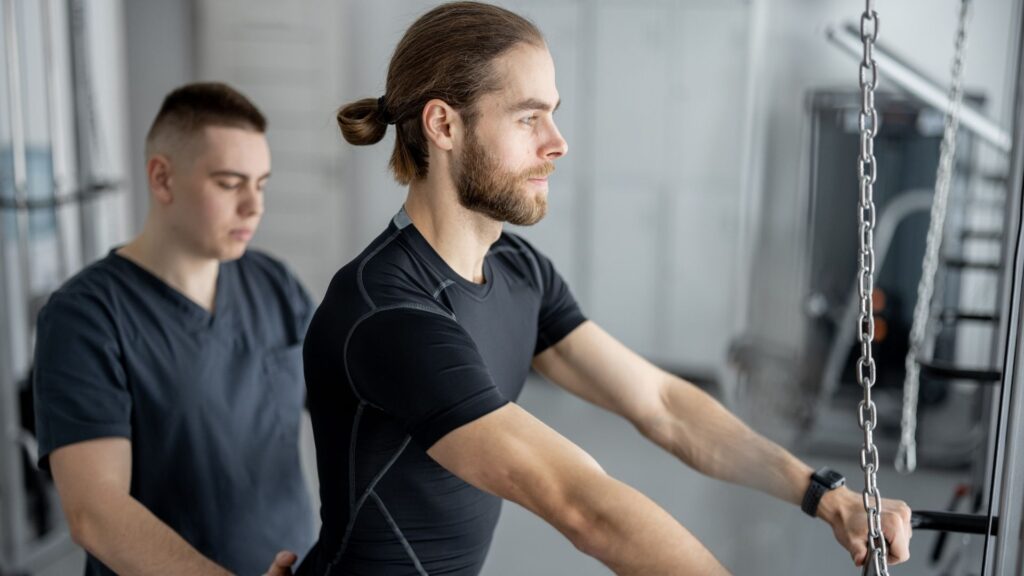
2. Cat & Cow
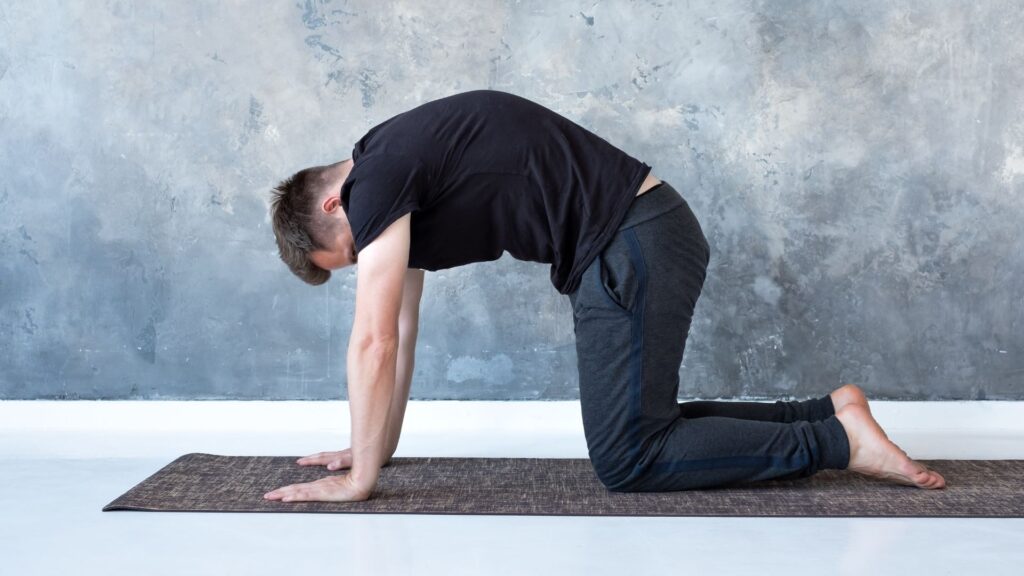
Upper Back Posture Exercises (3-6):
3. Stretch

4. Upper Trapezius Stretch

5. Neck Retraction (Chin tucks)

6. Standing Pull Apart
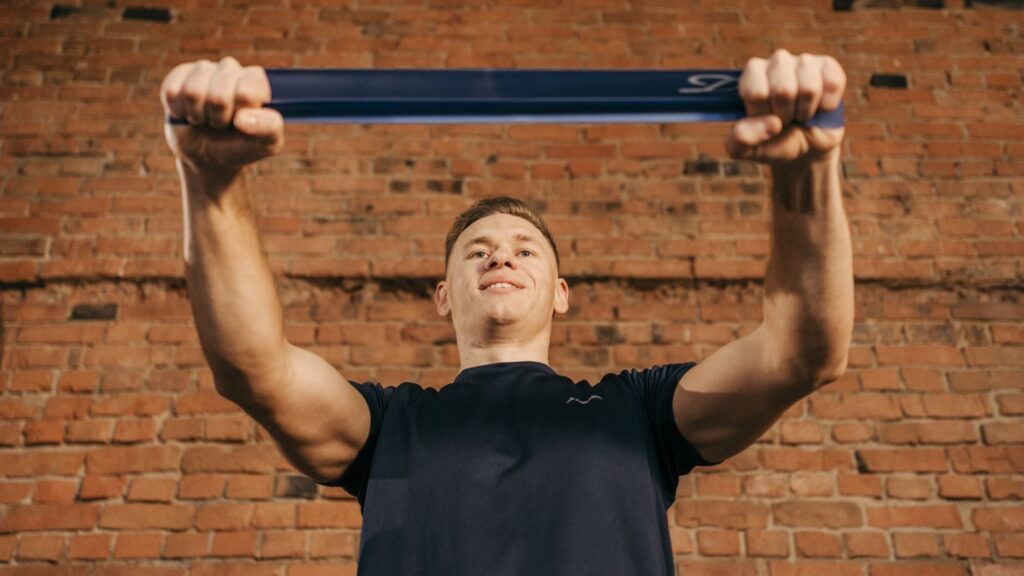
Lower Back & Core Posture Exercises (7-10):
7. Kneeling Hip Flexor Stretch

8. Bird Dog
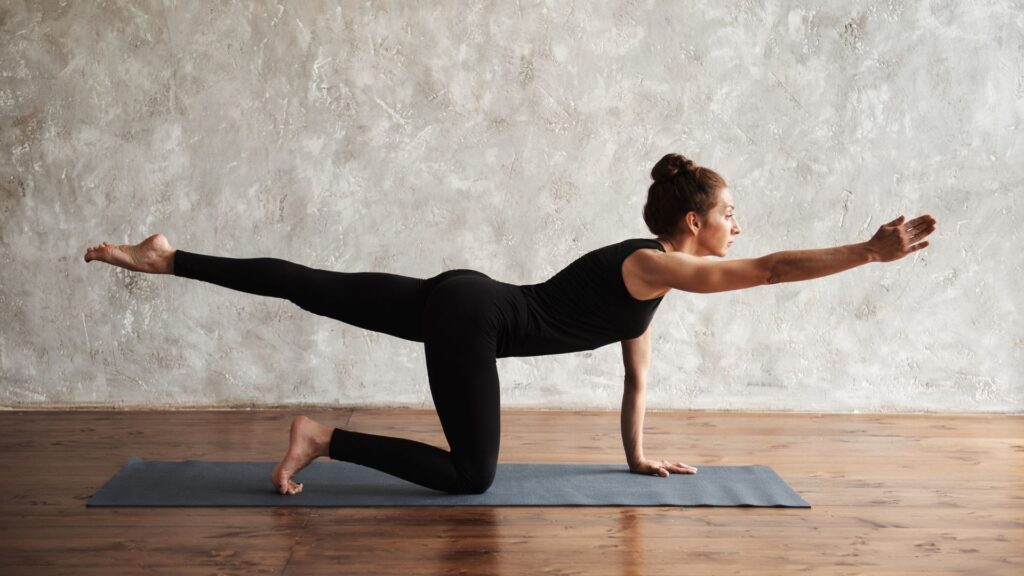
9. Plank
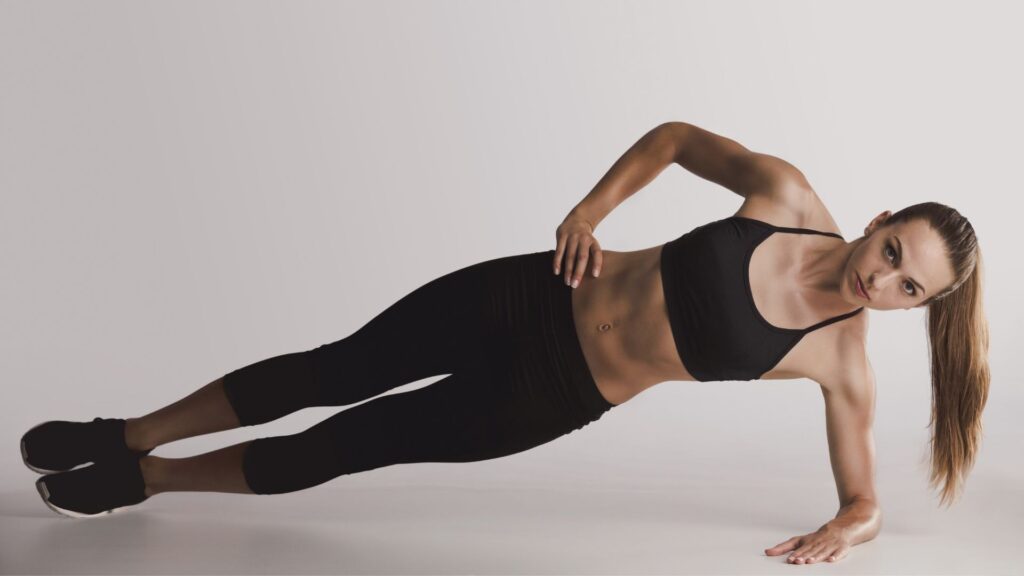
10. Half Cobra Pose
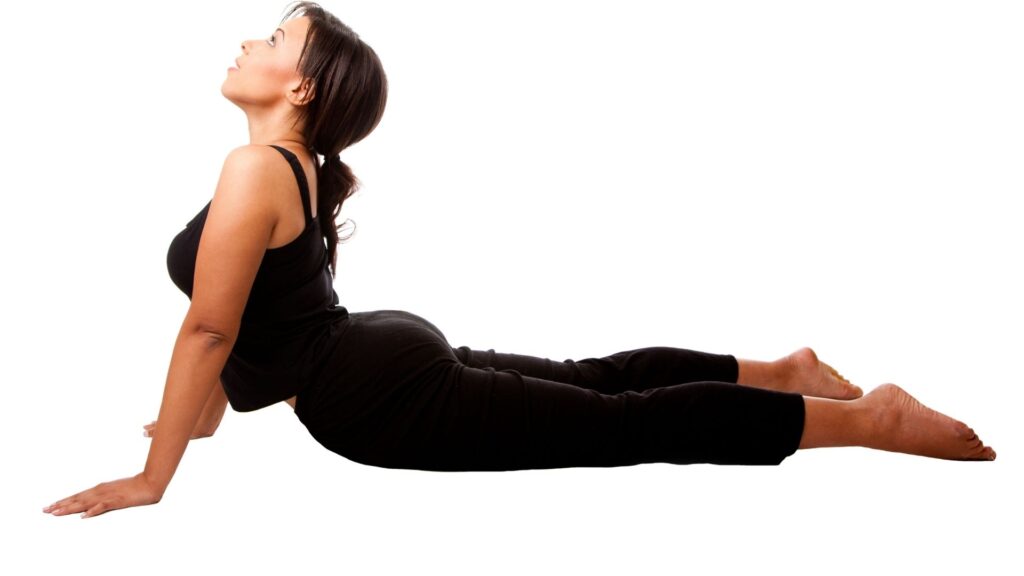
Additional Two Considerations
1 Make self-massage a regular part of your practice. Foam rolling and massage balls are great tools for targeting tight or hyperactive muscles.
2 To correct your posture permanently and lead a pain-free life, you must be constantly conscious of it throughout the day. Learn the 10 best practices for sitting upright.